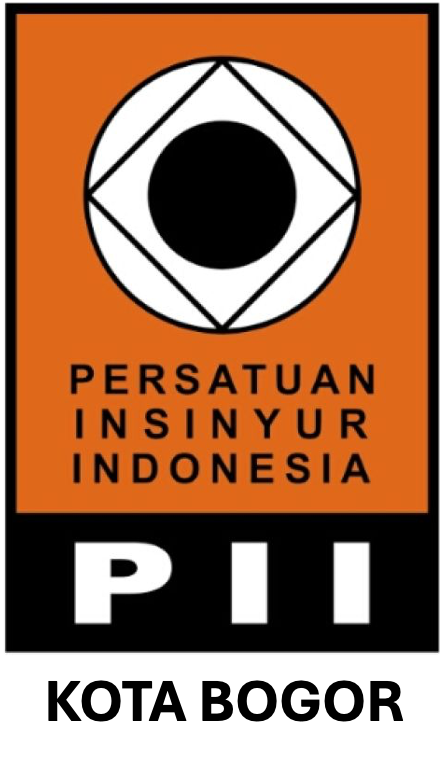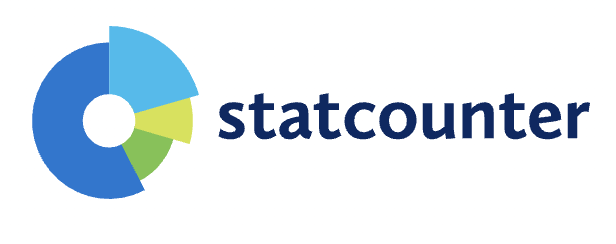Model Prediksi Kebutuhan Air Bersih Berdasarkan Jumlah Penduduk di Kawasan Perkotaan Sentul City
Abstract
This research aims to create a model for predicting clean water need in the urban area Sentul City currently and next 30 (thirty years). To create the model, it is required data which are useful for forecasting the inhabitant number year to year. There are some general-used models for forecasting the inhabitant number, including to arithmatic, exponential, and least square method. The inhabitant number forecast in this research used an exponential method, as recommended in the Guidance of River Area Water Resource by Directorate General of Water Resource in 2001. The researcher used the software Stella 9.0.1 for simplifying the modeling process, projecting the inhabitant number, predicting the clean water need, and figuring the graphics. Besides this software, Excel programme was also used. According to data analysis result, the equation models to predict water need (m3/year) in Sentul City are stated as follows; for rural area inhabitants: YDn = 1 927 309 (1 + 0.0303)n; for urban area inhabitants: YKn = 1 808 940 + 217 248*n; and for total inhabitants: YSCn = YDn + YKn.
Keywords: inhabitant number, geomeric method, clean water need prediction
Downloads
References
[BPS] Badan Pusat Statistik Kabupaten Bogor (ID). 2015. Kecamatan Babakan Madang dalam Angka (2015). Bogor (ID): Badan Pusat Statistik Kabupaten Bogor.
[BPS] Badan Pusat Statistik Kabupaten Bogor (ID). 2016. Kabupaten Bogor dalam Angka (2016). Bogor (ID): Badan Pusat Statistik Kabupaten Bogor.
[BPS] Badan Pusat Statistik Kabupaten Bogor (ID). 2017. Kecamatan Babakan Madang dalam Angka (2017). Bogor (ID): Badan Pusat Statistik Kabupaten Bogor.
[BSNI] Badan Standardisasi Nasional (ID). 2002. Standar Nasional Indonesia: Penyusunan Neraca Sumber Daya –Bagian 1 Sumber Daya Air Spasial [Internet]. [diunduh 2017 Agustus 27]. Tersedia pada: www.bakosurtanal.go.id/assets/ download/sni/SNI/SNI%2019-6728.1-2002.pdf.
[FAO] Food and Agriculture Organization of the United Nations (US). 1976. A Framework for Land Evaluation. FAO Soil Bulletin No. 32. Roma (US): FAO Soil Resources Management and Conservation Service Land and Water Development Division.
[FAO] Food and Agriculture Organization of the United Nations (US). 1983. Reconnaissance Land Resource Survey 1:250 000 scale. Atlas Format Procesures. Land Resources Evaluation with Emphasis on Outer Island Project. CSR/FAP Indonesia AGOFANS/78/006. Mannual 4 Version 1.
Kodoatie RJ, Sjarief R. 2008. Pengelolaan Sumber Daya Air Terpadu (Edisi Revisi). Yogyakarta (ID): Andi.
Sentul City (ID). 2011. Masterplan 2465 Ha Sentul City (Revisi). Bogor (ID): PT Sentul City Tbk.
Sentul City (ID). 2012. Sentul City Green Development. Bogor (ID): PT Sentul City Tbk.
Sentul City (ID). 2014. Sentul City Development 2015-2025. Bogor (ID): PT Sentul City Tbk.
[SGC] Sukaputra Grahacemerlang (ID). 2013. Cityzen: Sentul City Free Magazine. Edisi November 2013. Bogor (ID): PT Sentul City Tbk.
Getting Started with iThink and STELLA, version 10. 2013. isee systems. http://www.iseesystems.com/ (accessed August 17, 2013).
Getting Started with the STELLA Software, A Hands-On Experience, a booklet distributed with the software from isee systems that includes a tutorial (http://www.iseesystems.com/)
Coyle, R. (1996). Systems Dynamic Modelling. London: Chapman&Hal.
Muhammadi, Aminullah, E., & Soesilo, B. (2001). Analisis Sistem Dinamis: Lingkungan Hidup, Sosial, Ekonomi, Manajemen. Jakarta: UMJ Press.
Sterman, J. (2000). Business Dynamics: System Thinking and Modelling for a Complex World. Chicago, IL: Irwin-McGraw-Hill.
Sterman, J. D. (2000). Bussines Dynamic. USA: Massachussets Institute of Technologies.
Sterman, J., Henderson, R., Beinhocker, E., & Newman, L. (2007). Getting big too fast:strategic dynamics with increasing returns and bounded rationally. Management Science, 53(4), 683-696.
Authors who publish with Jurnal Teknik Sipil dan Lingkungan, JSIL agree to the following terms:
a. Authors retain copyright and grant the journal right of first publication with the work simultaneously licensed under a Creative Commons Attribution License that allows others to share the work with an acknowledgment of the work's authorship and initial publication in this journal.
b. Authors are able to enter into separate, additional contractual arrangements for the non-exclusive distribution of the journal's published version of the work (e.g., post it to an institutional repository or publish it in a book), with an acknowledgment of its initial publication in this journal.
c. Authors are permitted and encouraged to post their work online (e.g., in institutional repositories or on their website) prior to and during the submission process, as it can lead to productive exchanges, as well as earlier and greater citation of published work (See The Effect of Open Access).











